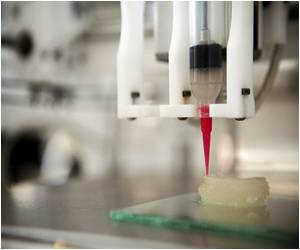Novel factors, the AP-1 proteins, which are critically involved in fatty liver disease (FLD) pathogenesis have been identified by scientists.

Strikingly, increased expression of some of these genes, such as Fra-1 or Fra-2, in the liver of mice completely prevented the accumulation of fat and FLD. "In humans, unhealthy diet is the main cause of FLD. Therefore, we used a fat-rich diet to induce obesity and FLD in mice. When we switched on Fra-1 in the liver, all the fat disappeared, the effect was stunning", states first author Sebastian Hasenfuss. In addition, Fra-1 also prevented inflammation and liver damage in obese mice.
The CNIO researchers describe the mechanism underlying the effect of AP-1 proteins on fat metabolism. "AP-1 proteins are master regulators of fat metabolism", explains corresponding author Erwin Wagner. He adds that "these proteins control how the liver takes up fat from the blood stream."
Interestingly, the AP-1 proteins c-Fos or JunD, which are related to the Fra proteins, had the opposite effect on fat metabolism in the liver. The CNIO research team proposes that the imbalance between the different AP-1 proteins represents a key step in FLD pathogenesis.
Source-Eurekalert















